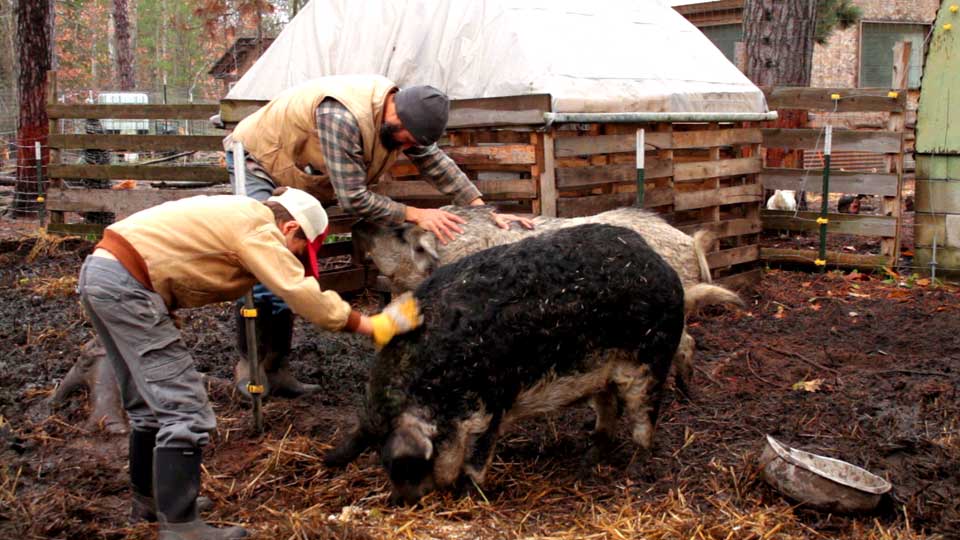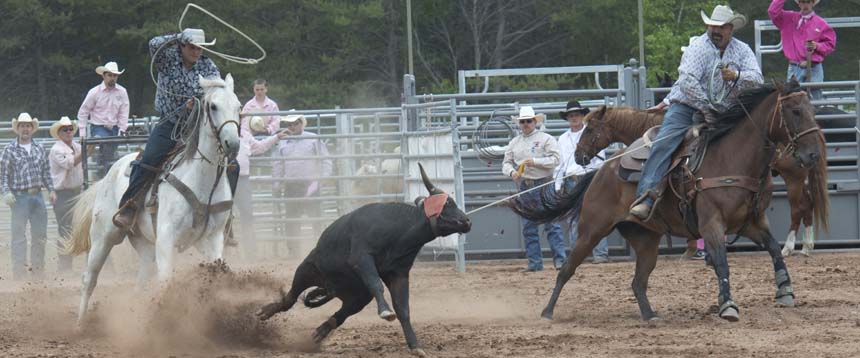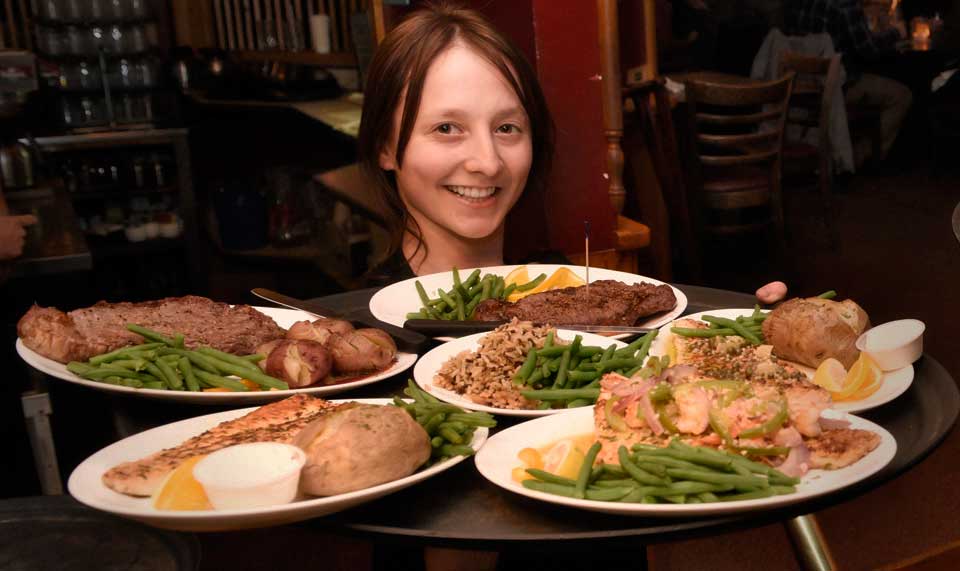Experimentation in Beer: An Outlet For Creativity

You can taste craft beers brewed by members of the Marquette Home Brewers at local U.P. breweries like Cognition, Pictured Rocks Brewing Company, and Chocolay River Brewery. (photo by AROON)
By: Kris Thompson |
Let’s face it; you’re already an outsider. You’ve grown tired of the readily available mass marketed beers available around you and have chosen to craft your own at home. You hastily pieced together a “Frankenbrew” system out of old coolers, some PVC and a little of that do-it-yourself attitude. You may or may not take pride in your current status but you should know you are no longer considered “normal” to most people. So why, after all your creativity and drive to get to this point, do you continue to brew so simplistically? Let’s change that.
Within beer there are four main areas to focus on experimentation in beer and they are:
Grain Bill
Hop Selction
Yeast Style
Adjuncts
Let’s delve into each category more in depth.
Grain Bill: Here we can play with both selection of grains and amounts. Every all grain brewer goes through the process of balancing out the grain bill to hit an ale that matches a select style closely. Why not change that up and try something new? Who says you can’t make a stout with 50% wheat malt like a hefeweizen? An IPA with copious amounts of raisiny Special B malt? How about a beer that uses no base malts at all and only uses specialty malts? Somewhere in your head you’re referencing an unwritten rule of balancing and checking the bill to assure you’ll get to style. Stop that. Let it go and see what comes out the other end. You could end up creating an entirely new and delicious beer that would otherwise been undiscovered.
Hop Selection: The amount and variety of hops you choose for a beer will greatly affect end bitterness and aroma. Throughout history we have established a table of acceptable bitterness in beer styles. For our purposes here let’s forget that exists. Why not triple dry hop that cream ale you just made? How about a stout hopped as aggressively as a double IPA? Instead of getting that citrusy aroma and flavor from your current hop switch them for a floral or piney character. There are endless combinations within the hop selection process to radically change any beer.
Yeast Style: Yeast and proper temperature control will ultimately get you to that desired style. Yeast has some much to do with the why beer finishes that you can drastically change any beer by switching out yeasts for other options. Who says a stout can’t be fermented with a lager yeast strain? Instead of adding a clean American yeast to your IPA, pitch in some Belgian strain. That blonde ale is just screaming for a whole mess of wild bugs to sour it up and add complexity and depth. You could even go so far as to use multiple stages of fermentation to achieve a large depth of flavor from multiple strains of yeasts. Why not try mixing multiple yeasts together right at first pitch to see what comes out? These practices will completely change the final taste of your beer.
Adjuncts: This is the category that I personally have the most experience in. By adding in new flavors to any step in the brewing process we can create an infinitely weird and wonderful world of beer. How does a coconut curry hefeweizen sound? Throw in some hot chilies into that IPA for a rush of heat and flavor. Any flavor you can think of is more than likely attainable in your beer. I once brewed a Bloody Mary beer that included sun dried tomatoes, dried onions, garlic, hot sauce, black pepper, mustard seeds, wasabi powder, celery salt and horseradish directly into the boil to achieve the flavor. Sure the boil smelled like soup but the final carbonated beer tastes exactly like a Bloody Mary. It is very easy within the world of homebrewing to experiment with adjuncts. Split your batch into multiple versions and try out different ideas to see which work. Here’s the recipe for the aforementioned Coconut Curry Hefeweizen I brewed to give you an idea of what you can accomplish with only a few added ingredients.
Coconut Curry Hefeweizen
5 lbs Pale 2-Row Malt
5 lbs Wheat Malt
1 lb Munich Malt
2 oz Czech Saaz Hops (60 Min)
1 oz Hallertau Hops (5 Min)
Wheat Beer Yeast
1 lb Toasted Coconut Flakes (Secondary)
2 Tablespoons Curry Powder (Secondary)

Marquette Home Brewers’ members taste and talk beer while brewing together at the Ore Dock Brewery’s Angry Bear Festival. (photo by Ron Caspi)
These four main categories are not the end of where you can experiment in beer and it’s flavors. You can go on to extended aging and even blending beers to unlock a new frontier of creativity and uniqueness. Let your imagination and insights into the process this far take you away from the simplistic and straightforward to the complex and confusing.
I once read and article about the stigma of homebrewers and the “right” way of doing things. The internet provides a vast library of knowledge on all homebrewing topics, but many people take things written in a forum post as gospel and believe it’s the one true way of doing it. No one has ever written the definitive rules of homebrewing because homebrewing is an ever-changing amalgamation of each and every homebrewer’s shared knowledge and creativity. I wouldn’t be where I am today as a homebrewer without the help and guidance of many homebrewers before me, but I’ve assimilated that help and forged a path all my own. A path filled with adjuncts and strange selections. A path of mixing and experimenting where I see fit. A path of undiscovered combinations and unknown flavors. I mean, it’s only five gallons, what could go wrong?














You must be logged in to post a comment Login